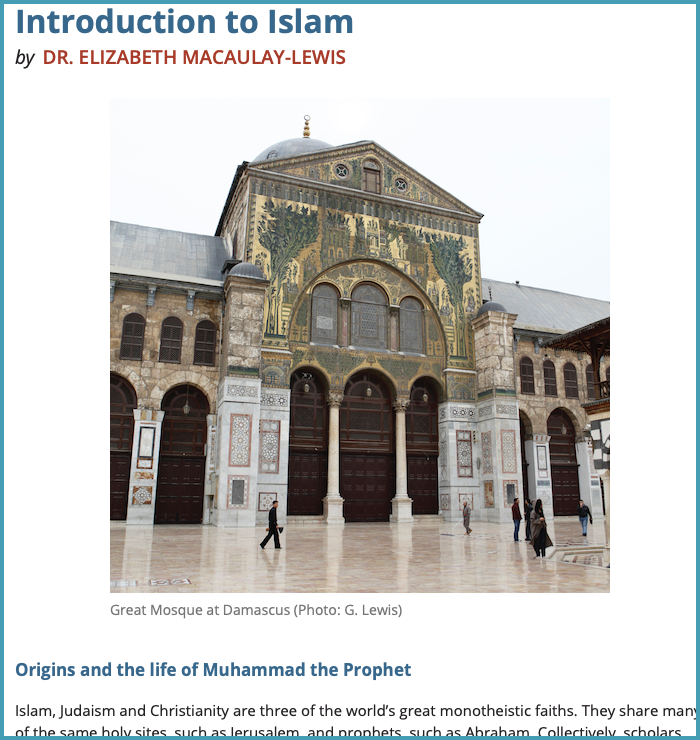AP Art History
How Can I Get a 5 in AP Art History?
4 min read•Last Updated on July 11, 2024
Jordyn Haynes
Jordyn Haynes
In 2019, 11.9% of AP Art History students scored a 5 on the exam. Although that number may seem small, achieving a 5 on this APAH exam is most definitely possible with the correct approach. To get a 5 on the AP Art History exam, there are a few key skills to perfect and a set of 250 artworks you need to know!
Exam Overview
The AP Art History exam consists of two sections: multiple choice and free response. The multiple-choice section consists of 80 questions with a time limit of one hour. The free-response section is six questions, and you will have two hours to complete it. Two out of six free-response questions are long essay questions, and the remaining four are short essay questions.
The multiple-choice and free-response sections are each worth 50% of the total exam score. The exam questions assess the eight art historical thinking skills: Visual & Contextual Analysis, Comparison, Artistic Traditions, Visual Analysis of Unknown Works, Attribution of Unknown Works, Art Historical Interpretations, and Argumentation.
#1: Pace Yourself🚶🏿♀️
Take the time to dive deep into the history behind the artwork you are studying. Soak up information about the artist, the context, the medium, etc. and make sure you have that information ingrained in your memory because on the exam, you will need to recall these facts quickly to answer multiple-choice and free-response questions.
Since there are 250 required works to learn plus just general course content, taking this holistic approach cannot be done over a short period of time. It is important to consume this course a little by little to ensure you have a thorough understanding of the content.
Since the AP exams are cumulative tests, you want to make sure that you retain everything you learn; it will not be effective to achieve this through cramming the content. A tip to increase retention is to make flashcards or keep some form of a record of what you are learning as you proceed throughout the course.
This method can be especially helpful when memorizing the required artworks and understanding key terms/definitions and any other topics you feel that you will need refreshing on somewhere along the line.
#2: Use Outside Resources📚
Prep books such as Barron's and Crash Course and online resources such as smARThistory and Fiveable offer simplified and concise information as well as analysis of course content that you may not find in a wordy textbook or learn from a teacher's presentation.
Quizlets are also a major help when memorizing the required image set because of the ready-made flashcards and learn feature. Check out the following guides for more information on the best APAH resources:
📝Read: AP Art History - Best Quizlet Decks
📝Read: AP Art History - Best Textbooks and Prep Books

#3: Monitor Your Weaknesses🚨
Take note of the questions you miss on practice tests, quizzes, class assignments, or any other types of review so that you know what you need to study more. Taking the extra time to review areas you are slightly weaker in will help build a strong foundation of knowledge that you will build on as you continue throughout the course.
#4: Work Smarter—Not Harder🤓
You do not need to spend hours and hours memorizing the required artworks, reading a textbook, or completing review questions. Instead, focus on your weaknesses, as mentioned in tip #3, and pacing yourself, as mentioned in tip #1. Art History is an enriching class meant to broaden your perspective on the impact of history on art and vice versa.
By working smarter instead of harder, you allow yourself the room in your brain to develop a deeper appreciation for art history beyond just what you need to know to pass the exam, which will actually give you an edge on the exam!
#5: Focus on Context and Significance
Learning the required images is the first step to success in AP Art History. What separates the 3s and 4s from the 5s is the ability to know these works in context and to articulate the significance of the artwork in its respective time period and beyond. When learning the context and significance of the artworks, try to answer questions such as: What time period was this made? Who is the artist? What else was happening in the world at this time that may have influenced this piece? Why did the artist create this? How does this connect to art before and after this piece was made?
Some ways to help assist in memorizing the context of artworks is to make a timeline or to create outlines for each content area and include historical events, significant artists, social/political movements, and works of art.
Overall
Applying these 5 tips will put that 5 on the exam well within reach. Best of luck in your AP Art History Exam and Happy Studying!